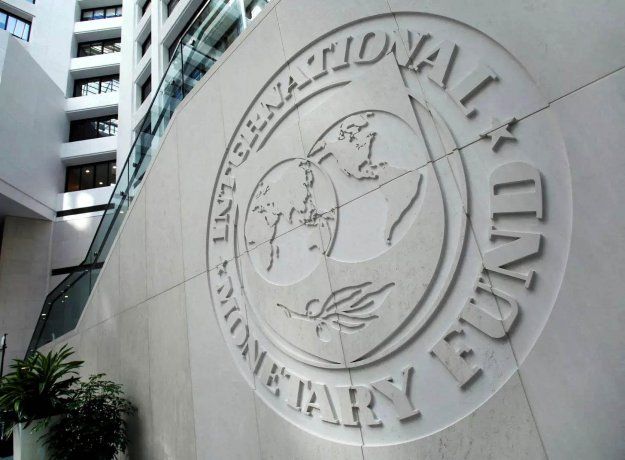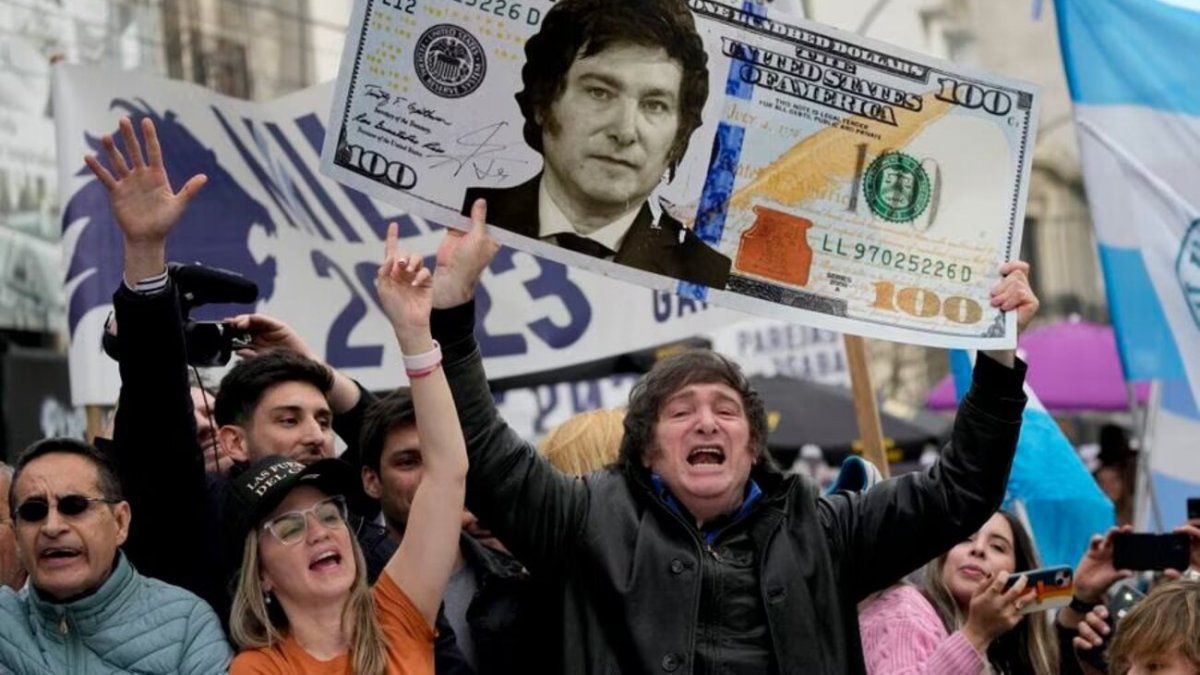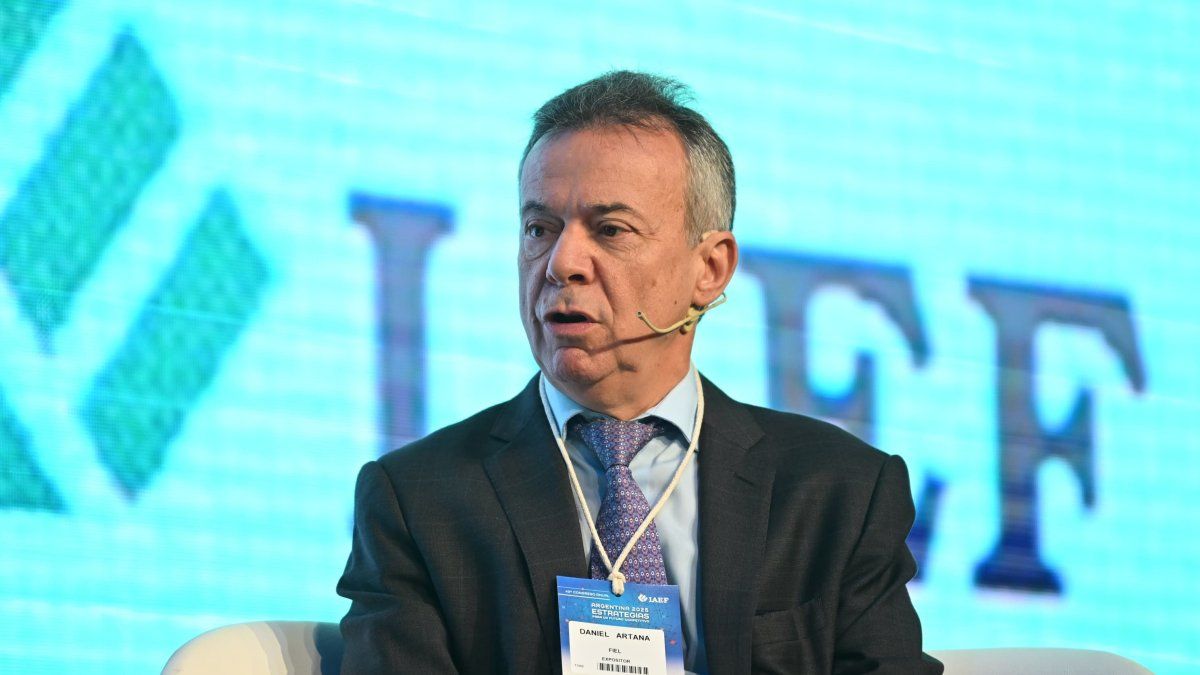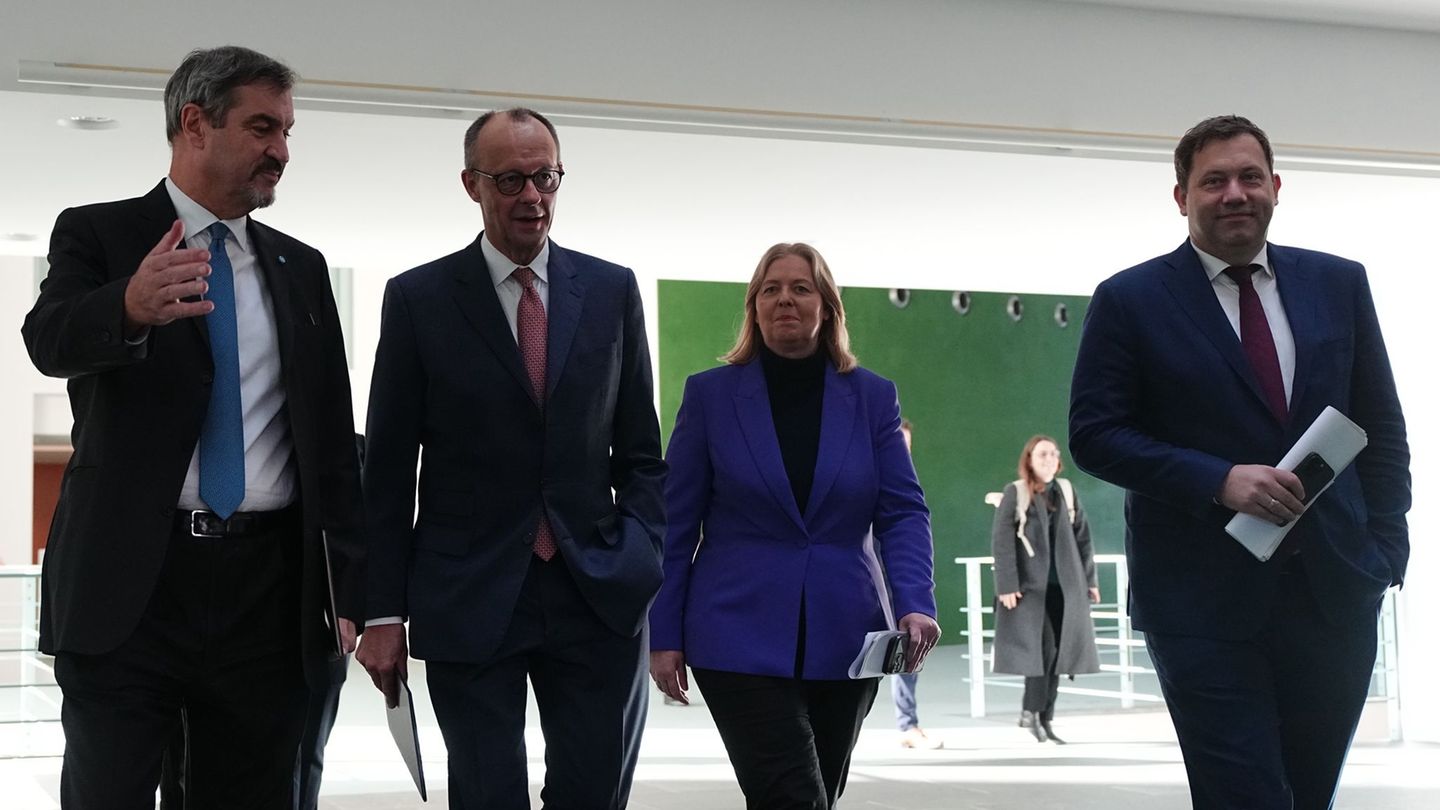On the other hand, from a loan guaranteed by a consortium of foreign banks for about US$3,000 million so that the new government can finance itself during the first trimester until the arrival of the thick crop.
The third management, which advanced Ambit last week, it’s about conversations with sectors grain exportersso that anticipate a part of the future settlement and speed up the pending: which would be around US$5,000 million.
grain
The possibility that the IMF granting another credit to Argentina seemed distant due to the macroeconomic crisis and the little payment capacity that is currently observed in public accounts. However, in recent years, it has become clear that The chance of receiving a new loan from the multilateral credit organization is due more to political issues than merely economic ones..
This is how the economist defined it Federico Zirulnikboss of Scalabrini Ortiz Center for Economic and Social Studies (CESO)who also stressed that the possibility of generating greater external debt “could be a condition” for Argentina.
The reason why the president-elect seeks financing abroad is to “eliminate exchange restrictions“, which could lead to foreign currencies “flighting” abroad again, if market confidence is not generated.
What can the IMF offer Milei?
The IMF offer has to do with financing through the Resilience and Sustainability Fund (RST, according to its acronym in English), which the organization created in 2022 to face long-term challenges such as the fight against climate(a topic about which Milei was skeptical). The amount is equivalent to 150% of a country’s IMF quota or $1 billion.whichever is less.
This credit has a maturity of 20 years and a grace period of 10 and a half yearsduring which the capital is not repaid, in accordance with Reuters. The financing line includes a series of conditions, including: have an IMF program that should have at least 18 months left, sustainable debt and adequate payment capacity.
The RST was financed by some 18 rich countries to grant credits to 140 nations, including Argentina.
For the economist Federico Glusteinthis is “a small placebo for the needs of the country. In that order, he recalled that Argentina must renegotiate with the IMF the new terms of the agreementas well as the conditions, payments and, “Probably, the organization can offer fresh foreign currency again through Special Drawing Rights (SDRs) to guarantee the previous payment“.
For Zirulnik, this amount “is substantially less than what is needed to eliminate exchange restrictions“.
Another possibility of indebtedness with the IMF It has to do with the remnant that was left of the credit which was awarded to Argentina in 2018. It should be noted that the IMF granted of US$50,000 million in favor of Argentinawhich was later expanded to about US$57,000 million, of which Mauricio Macri only used US$45,000 million per order Alberto Fernandez, which in 2019 was about to take over. In this way, US$12,000 million of debt still remains, that in 2020 the organization warned that they could still be taken.
Why is financing necessary to carry out a new stabilization plan?
The first reason why financing is needed has to do with what the campaign Javier Milei called “the Leliqs bomb” and which currently turned and became a “ball” of Passive Passes. This implies that banks, which previously used 28-day instruments, now switched to one-day instruments (which are Passive Repos), which gives them lower returns, but which gives them greater flexibility.
According to the market analyst Salvador Vitelli, he BCRA currently has a stock of $15.3 billion of Passive Passeswhile the stock of Leliqs fell to $7.5 billion: they add up together $22.8 billion.
The second reason is that to carry out stabilization it is It is necessary to have control of the exchange rate, for which the BCRA currently does not have reserves.
Now, to promote that plan, Zirulnik raised two aspects:
- Obtain dollars from increased exports and rolling the next debt maturities in foreign currency.
- Take on more foreign debt, further compromising the country’s future.
The first alternative is far from the new government’s approach, which is why Milei points to the second possibility.
monetary-fund-imf.jpg

Argentine News
“To stabilize the macroeconomy, about US$30,000 million are needed“Glustein estimated. Part of this amount could be obtained through the IMF, but not completely. Thus, Milei had stated in the campaign that he had private funds willing to “invest” in Argentina, which have to do with the loan guaranteed by a consortium of foreign banks for about US$3,000 millionwhich Caputo seeks so that the new government can finance itself until the arrival of the thick crop.
However, regarding the possibility of obtaining private financing, economists are still doubtful: for Glustein “is not safe“, although there is the possibility that there are foreign funds that “can enter foreign currency”; while for Zirulnik it is “difficult” for the Government of Milei managed to place debt, having the current high levels of Argentine country risk (close to 2,000 points).
Privatizations: yes or no?
Another way of financing could be through the privatizations, a possibility that Milei slipped again the day after being elected president. In journalistic statements he confirmed that the intention to privatize state companiesbetween them YPF and Enarsa, and the public media: National Radio, Public Television and the Télam news agency.
“So much Enarsa as YPF They have to play a role in the transition, while they are rationalized and valued, “they can be sold in a very beneficial way for Argentines”assured the elected president.
Although to carry out the privatizationsfirst you have to sanction a lawso they must go through the body and procedure authorized for such purposes, which are the Chamber of Deputies and the Senate.
If it can be done, up to now, it cannot be estimated what the benefit would be for the State, since it would have to be evaluated: “the assets and liabilities of each of the 33 companies, counting layoffs and rehiring of personnel , the purchase of debts and so on,” said Glustein.
However, In one move, the State would save about US$7,000 million annually, which is the approximate deficit of public companies, the economist estimated.
Source: Ambito




